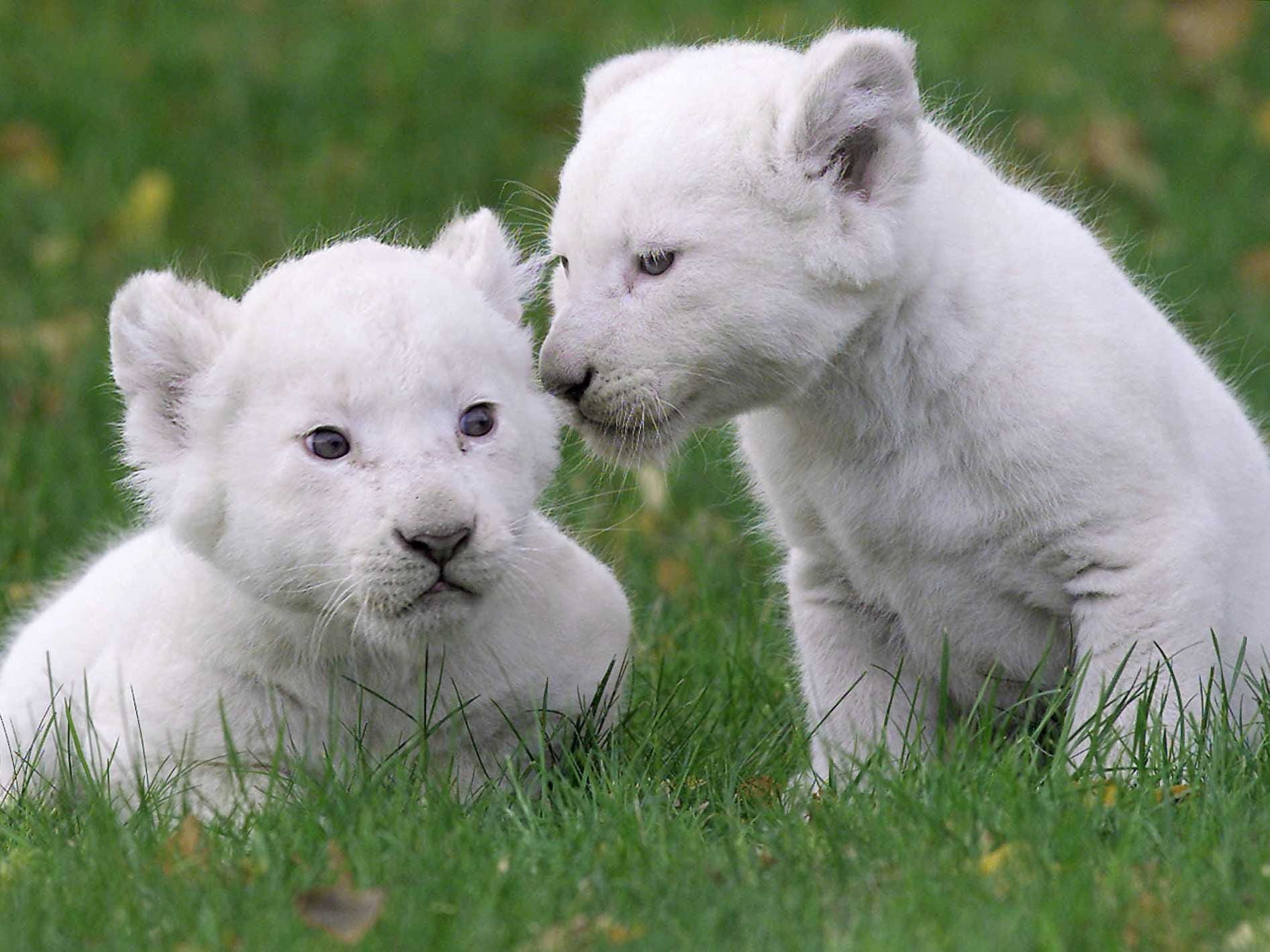The Burning Truth: Wildfires Threaten UK's Rarest Animals

Table of Contents
The Increasing Frequency and Severity of UK Wildfires
Climate Change as a Key Driver
Rising global temperatures are significantly increasing the risk of wildfires in the UK. Prolonged periods of drought, coupled with intense heatwaves, create tinderbox conditions across the countryside. This perfect storm of factors allows even small sparks to ignite devastating blazes that spread rapidly, fuelled by dry vegetation.
- Increased average temperatures: The UK has seen a steady rise in average temperatures over the past few decades, leading to drier summers and increased flammability of vegetation.
- Longer dry spells: Extended periods without significant rainfall leave landscapes parched and vulnerable to ignition.
- Higher instances of lightning strikes: More frequent and intense thunderstorms can increase the number of lightning-ignited wildfires.
Data from the UK Meteorological Office shows a clear correlation between rising temperatures and the increased frequency and intensity of wildfires. Studies predict that, without significant mitigation of climate change, the risk will continue to escalate dramatically in the coming years, demanding greater preparedness and response mechanisms.
Human Activities Contributing to the Problem
While climate change is a major driver, human activities remain a significant contributor to UK wildfires. Negligence and carelessness play a crucial role in igniting these destructive blazes.
- Careless disposal of cigarettes: Discarded cigarettes, particularly in dry, grassy areas, are a frequent cause of wildfires.
- Campfires left unattended: Unattended campfires, even those seemingly extinguished, can reignite and spread rapidly in windy conditions.
- Arson: Deliberately set fires account for a concerning percentage of wildfires, often with devastating consequences for wildlife and habitats.
- Discarded glass: Glass can act as a magnifying glass, focusing sunlight onto dry vegetation and igniting fires.
Promoting responsible land management practices, implementing robust public awareness campaigns, and enforcing stricter penalties for arson are vital steps in reducing human-caused wildfires in the UK.
Vulnerable Species Most at Risk
Loss of Habitat and Food Sources
Wildfires devastate vital habitats, leaving many animals without the shelter, food, and breeding grounds necessary for survival. The destruction of vegetation also impacts the food chain, affecting both herbivores and the predators that rely on them.
- Adders: These venomous snakes rely on specific heathland and grassland habitats for basking and hunting. Wildfires destroy these vital areas.
- Sand lizards: Another reptile species facing habitat loss due to wildfires, impacting their breeding grounds and leaving them vulnerable to predation.
- Various bird species: Ground-nesting birds like the nightjar lose their nests and eggs to wildfires. The destruction of insects and other invertebrates also impacts their food supply.
- Insects and invertebrates: Many rare insect species, essential for pollination and the wider ecosystem, are lost to wildfire.
The loss of specific plant species, crucial to the diet of many animals, further exacerbates the problem, creating a cascading effect throughout the ecosystem.
Direct Mortality and Injuries
The intense heat and flames of wildfires directly kill many animals. Those that survive often suffer severe burns, injuries, and long-term health problems.
- Burns and smoke inhalation: Animals caught in wildfires suffer severe burns and can perish from smoke inhalation.
- Impact on population numbers: Wildfires can decimate local populations of vulnerable species, impacting their long-term viability.
- Difficulty of rescue and rehabilitation: Rescuing and rehabilitating injured animals is challenging and resource-intensive.
Anecdotal evidence from wildlife rescue centers reveals the harrowing impact of wildfires on individual animals and the challenges faced in their recovery.
Conservation Efforts and Mitigation Strategies
Improved Fire Management and Prevention
Investing in proactive measures is crucial to reducing the risk and impact of UK wildfires. This includes:
- Early warning systems: Implementing advanced technologies for early detection of wildfires is vital for rapid response.
- Improved firefighting resources: Investing in better-equipped firefighting teams and aerial support is essential for effective wildfire suppression.
- Controlled burns: Strategic, controlled burns can help reduce the build-up of flammable vegetation and prevent larger, more destructive wildfires.
- Community engagement: Educating the public about wildfire prevention and encouraging responsible behavior is key.
The government, environmental organizations, and local communities all have a crucial role to play in improving fire management and prevention.
Habitat Restoration and Reforestation
Rebuilding destroyed habitats is essential for the long-term survival of affected species. This requires a multifaceted approach:
- Reforestation techniques: Planting native trees and shrubs helps restore vegetation cover and create suitable habitats for wildlife.
- Habitat creation: Creating new habitats specifically tailored to the needs of vulnerable species can help them recover.
- Species-specific conservation programs: Targeted programs focusing on the conservation of individual species affected by wildfires are vital.
Successful habitat restoration projects in the UK demonstrate that with focused efforts, it is possible to rebuild damaged ecosystems and support the recovery of wildlife.
Conclusion
The devastating impact of UK wildfires on rare animals underscores the urgent need for comprehensive and proactive conservation strategies. Addressing the underlying causes, such as climate change, improving fire management techniques, and investing in habitat restoration are all crucial steps towards protecting our invaluable biodiversity. By understanding the burning truth about the threat of UK wildfires and taking decisive action, we can safeguard the future of our unique and precious wildlife. Let's work together to prevent further devastation and protect these vulnerable species. Learn more about how you can help protect rare UK animals threatened by wildfire – visit [link to a relevant organization].

Featured Posts
-
 Sue Crane Portola Valley Public Servant Passes Away At 92
May 13, 2025
Sue Crane Portola Valley Public Servant Passes Away At 92
May 13, 2025 -
 Thursday February 20th Complete Orange County Sports Recap
May 13, 2025
Thursday February 20th Complete Orange County Sports Recap
May 13, 2025 -
 Trump Tariffs Resume Whats Next For Europe
May 13, 2025
Trump Tariffs Resume Whats Next For Europe
May 13, 2025 -
 Did You Shoot Someone In Self Defense Understanding Self Defense Insurance
May 13, 2025
Did You Shoot Someone In Self Defense Understanding Self Defense Insurance
May 13, 2025 -
 Cross Border Mechanisms For Combating Crime A Comprehensive Overview
May 13, 2025
Cross Border Mechanisms For Combating Crime A Comprehensive Overview
May 13, 2025
